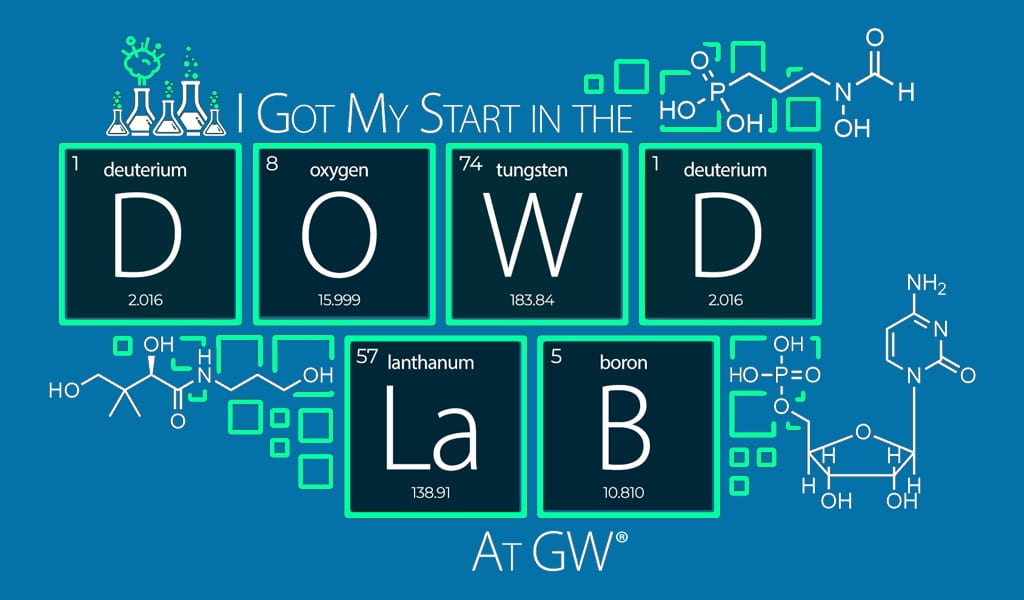Tuberculosis (TB), caused by Mycobacterium tuberculosis (Mtb), continues to remain one of the world’s deadliest infectious diseases. Co-infection with HIV and the emergence of drug-resistant strains have made TB both difficult and expensive to treat. To further the problem, approximately 33% of the world’s population is latently infected with Mtb. The latent bacteria are presumed to be a major factor for the reason DOTS (directly observed treatment, short-term) fails to lower the global burden of TB, as most first-line anti-tubercular agents are only effective against actively-growing bacteria. To fully treat the disease, agents need to kill both active and latent TB.
The primary difference between active and latent bacilli is their metabolic rate. Active bacteria perform typical metabolic tasks such as DNA replication and cell wall synthesis. Inhibitors of these processes work well at killing active Mtb. Due to the reduced metabolism of latent bacteria, however, these inhibitors are not effective. The major challenge in developing new TB drugs is to identify metabolic processes that are required for cellular viability in latent bacteria. Our long-term goal is to understand which processes are essential for latent survival of Mycobacterium tuberculosis. We achieve this through the development of small molecule chemical tools, which inhibit specific enzymes thought to be important in latency and examine their effect on bacterial survival.
Malaria, caused by Plasmodium falciparum (Pf), is another of the world’s deadliest diseases. Like TB, malaria has increasingly developed resistance to many drugs currently approved for treatment. Different strains in differing parts of the world have acquired resistance to different drugs, vastly decreasing the efficacy of currently approved compounds. Compounding this issue, Pf has a complicated life cycle within humans, making it difficult to clear an infection. Because of these issues, novel mechanisms through which a drug may clear an infection are urgently required, as about half the world’s population live in areas in which malaria transmission occurs. We develop small molecule inhibitors of an enzyme required for cellular viability and through this hope to aid in the urgent need for novel mechanisms through which to treat and cure a malarial infection.
Our current work focuses on development of small molecule inhibitors for two pathways:
- 1-Deoxy-D-xylulose 5-phosphate reducto-isomerase (Dxr) is an enzyme in the 2-C-methyl-D-erythritol 4-phosphate (MEP) pathway of isoprene biosynthesis. It is not found in humans and has been shown to be essential for survival in M. tuberculosis and P. falciparum, as isoprenoids are precursors to many important biological molecules, such as carotenoids, cholesterol, and ubiquinones. The natural products Fosmidomycin (fos) and its acetyl analog, FR900098, have been shown to be potent inhibitors of Dxr. However, their polar phosphonic acid moiety is, at biological pH, a di-anion and therefore struggles to permeate cells efficiently. Fosmidomycin had even advanced to clinical trials in effort to cure malaria, but failed to clear the infection in children under 5. Efforts in our lab to increase activity against the enzyme have proven fruitful, with multiple analogs of these natural products having been synthesized with increased activities when compared to fos and FR900098. The issue of the negatively charged phosphonate is also currently being investigated through the synthesis of prodrugs of our inhibitors, probing various masking groups in effort to find a balance between activity and stability. Further, structure-activity relationships (SARs) are being explored around various portions of the molecular backbone, in effort to find what is needed for activity.

-
The enzyme cofactor CoA plays an essential role in the biosynthesis of fatty acids and the generation of energy. The significant differences between microbial and mammalian CoA biosynthetic pathways make it an attractive target for drug development. In Mtb, CoA precursor pantothenate (Pan) is synthesized by PanB, PanC, PanD, and PanE. In the second stage of biosynthesis, Pan is converted to CoA in five steps that are catalyzed by PanK, CoaBC, CoaD, and CoaE enzymes. It was recently shown that, of all the enzymes in the pathway, depletion of only CoaBC resulted in bactericidal activity, while the depletion of other enzymes was only bacteriostatic. The importance of CoaBC in prokaryotic metabolism leads to the hypothesis that inhibitors of CoaBC will disrupt CoA synthesis and kill bacterial cells. Bacterial CoaBC is bifunctional and contains both phosphopantothenoylcysteine synthetase (PPCS) and phosphopantothenoylcysteine decarboxylase (PPCDC) activities. Together, these activities catalyze the transformation of 4′-phospho-pantothenic acid (P-Pan) into 4′-phospho-pantetheine (P-PantSH). This reaction proceeds through formation of the reactive 4’-phospho-pantothenoyl-CMP (Pan-CMP) intermediate. We are interested in synthesizing mimics of Pan-CMP to act as inhibitors of CoaBC.

